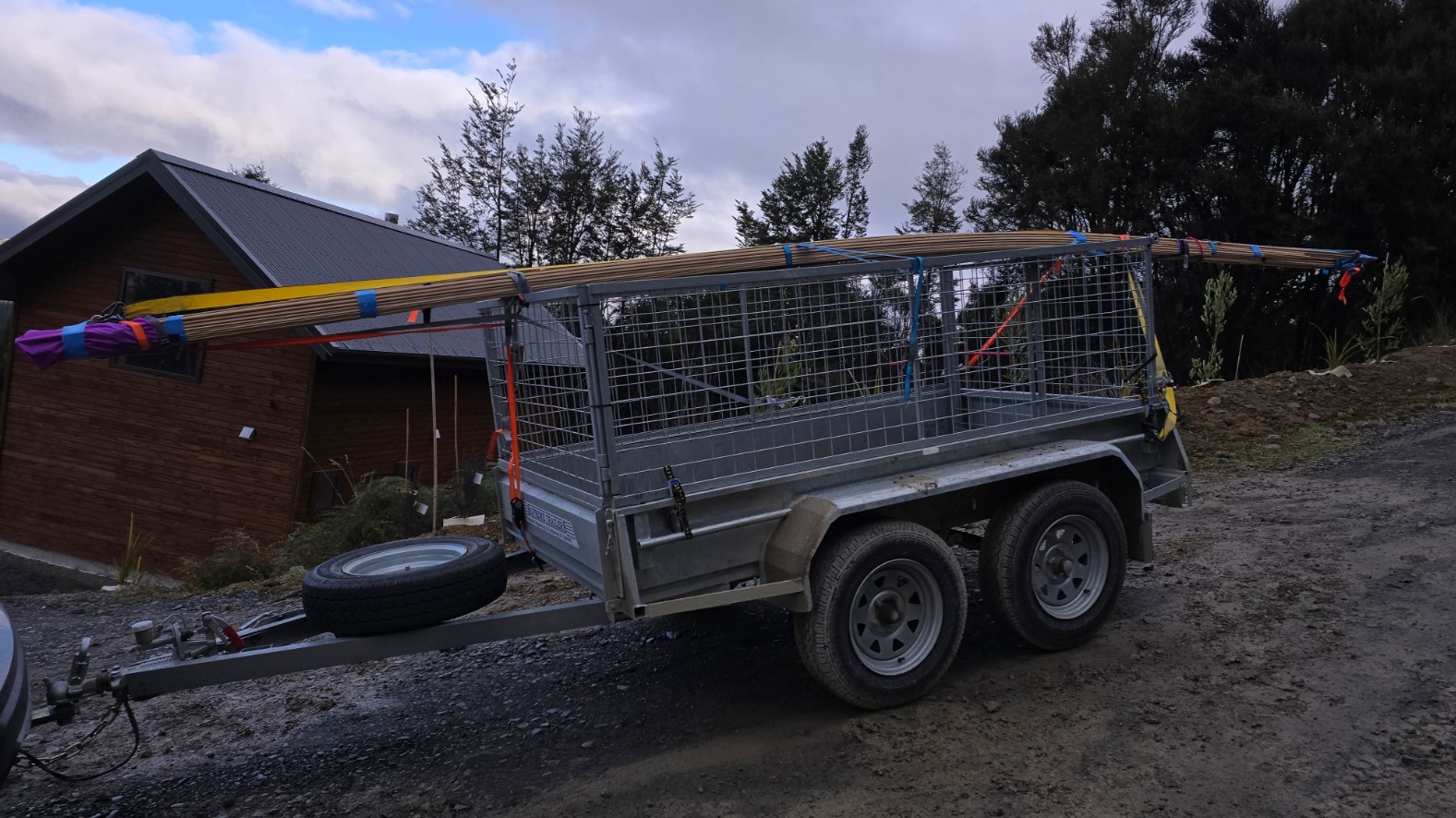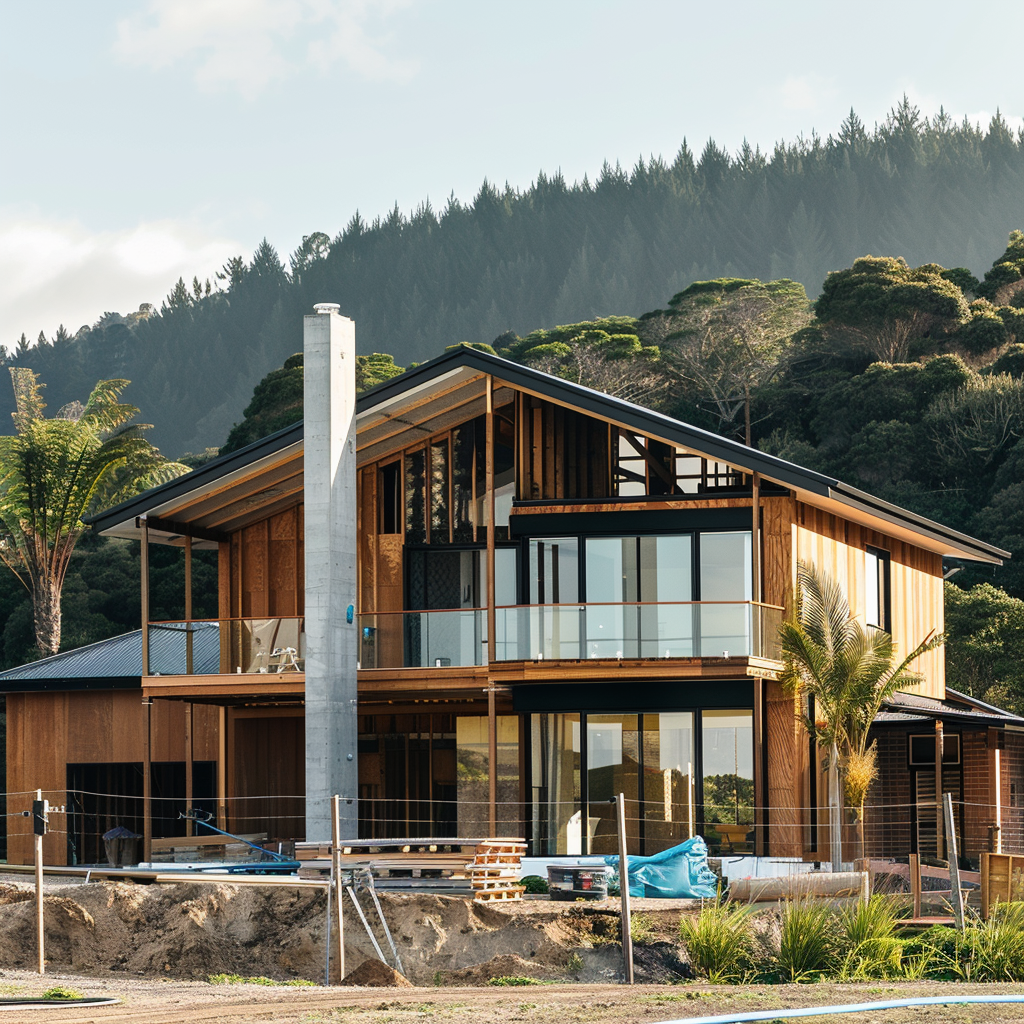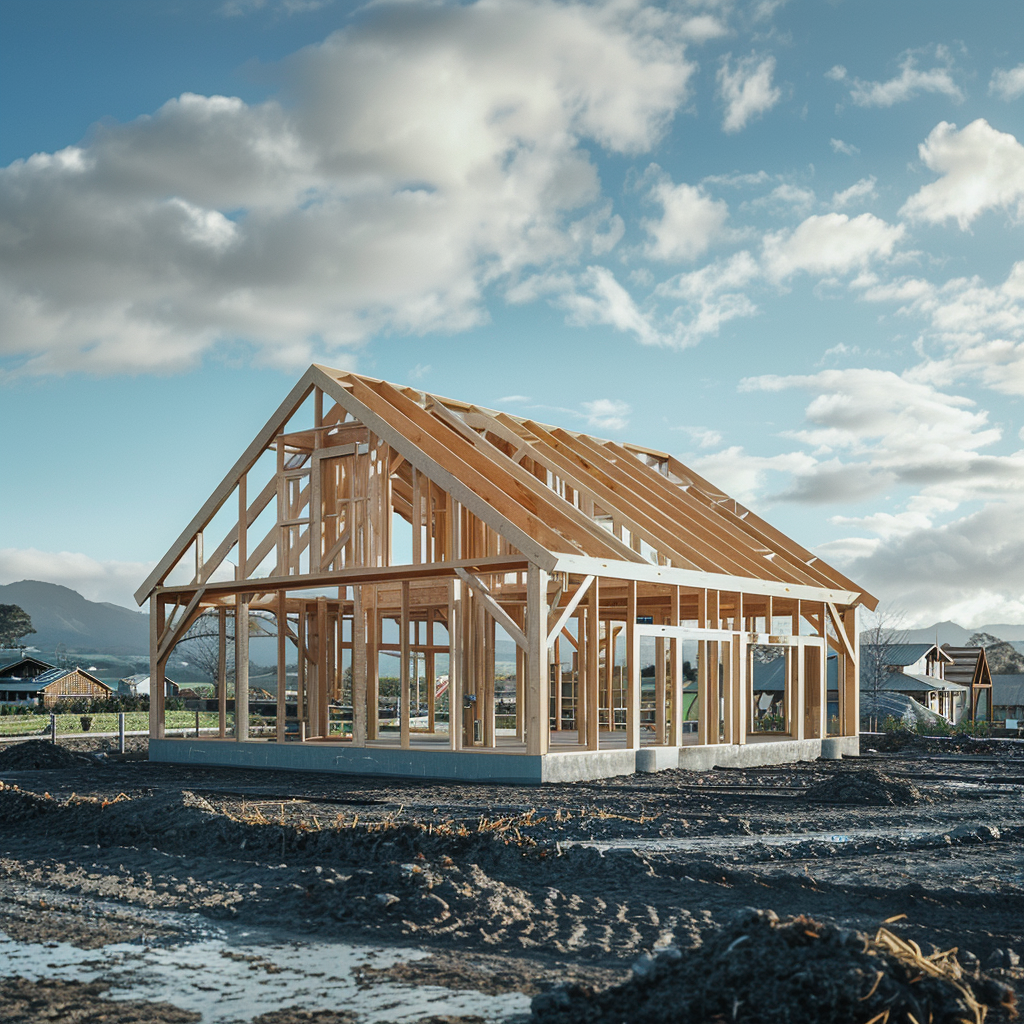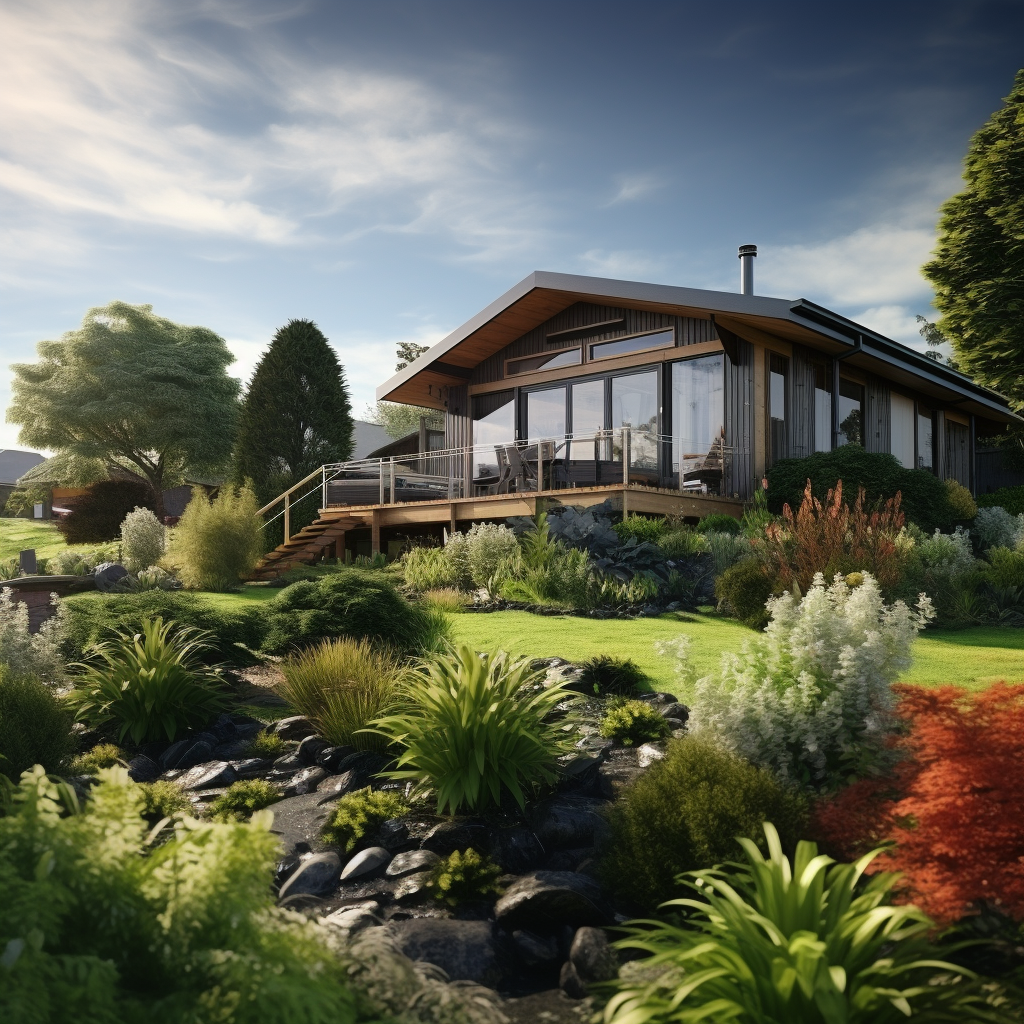When you’re building a property, there are a few key factors to consider. Location is a big one, especially in relation to where you currently live and where the builders or construction firm will be coming from. Another crucial aspect is how you’ll transport materials, your furniture and possessions to the site when the build is finished. Whether you or the construction firm will be responsible for transporting supplies, there will be a need to move tools, cladding, insulation, furniture, and other materials. In my case, my property was about two hours from Christchurch, and I needed to supply several internal items as part of my build agreement, like the shower, vanities, cupboards, interior and exterior cladding. To do this efficiently, I had to ensure I could transport everything smoothly and in as few trips as possible.
The main consideration for us was the location of the site in relation to Christchurch. I set a limit of two hours from the city, which gave me a wide range of property options. The difference between two hours and three hours can make a big impact. If you’re towing a trailer, a two-hour drive can extend to two and a half due to speed limits (capped at 090km/hour), and longer trips would become impractical. By keeping the build within two hours, I could visit the site, spend a good part of the day there, and return in a reasonable time without needing overnight accommodation.
If the property had been four hours away, it would have made regular visits more challenging and required extra planning and expenses, such as fuel and accommodation. Having the build within a manageable distance made it possible to contribute more directly to the project and avoid extra costs.
The location of the land itself also mattered. My property was 40 minutes from a regional centre, which had stores like PGG Wrightson and Farmlands, making it convenient to pick up supplies without returning to Christchurch. When choosing a site, proximity to essential services, groceries, and health supplies should be a major factor, especially if you plan to live there permanently.
In addition to the drive time, it’s also important to consider the level of isolation. In the South Island, being three or four hours away from Christchurch can feel quite remote, especially if you’re not near State Highway 1. This can make trips for essential supplies more difficult, so it’s crucial to think about how far you want to be from a major centre.
One of the first things I needed was a reliable vehicle, which I was fortunate to already have, equipped with a tow bar. Secondly, a trailer was essential. Buying a trailer was an easy decision, especially since I live on a lifestyle block where a trailer is incredibly useful anyway. I ended up making around 15 trips to and from the site during the build period, transporting goods and helping with the build by removing rubbish from the site. The trailer saved me a significant amount in delivery costs. For example, I was quoted $2,100 to deliver the external cladding from Christchurch alone, which was more than a quarter of what I paid for the trailer itself.
Given the rural nature of my build, located on a 4X4 only metal road with the nearest town 25 kilometres away, I needed a strong and reliable trailer. I researched extensively and decided to go with a New Zealand-made trailer, ruling out options that didn’t meet my requirements for strength and durability. I settled on a double-axle, 8x4 trailer with a one-metre-high cage, reinforced with brakes, suspension, and spare wheels which was made on site fully in Ashburton. This trailer could carry loads up to 1.5 tonnes, which covered all my needs. It was not the cheapest trailer because when I looked at some of the brands in NZ that import trailers, the welding looked quite poor which made me doubt the trailers ability to handle actually operating to it's declared capacity for a long period.
The trailer has been a fantastic investment. Even though I didn’t max out its load capacity, it easily handled everything I needed to transport, and I could sell it for about 90% (currently) of its value if I wanted to. However, the ongoing benefits mean I’m likely to keep it for many years. It also comes in handy for trips to the property, especially since our dog takes up the car’s boot space during the drive. With the trailer, we can pack all our luggage, the generator and spare fuel, while keeping the car’s interior open and comfortable, particularly for our child, who needs space for a pleasant ride.
The trailer proved invaluable, not just for the build but for overall convenience. It allowed me to source materials at trade cost, saving me from paying the builder’s markup. Additionally, it gave me control over when and where items were delivered, which was important to keep the build running smoothly. I estimate that the savings likely exceeded the trailer’s cost several times over.
When building a property, especially in rural New Zealand, every decision can impact the overall success of the project. From transport logistics to proximity to regional centres, it’s all about making choices that save time, money, and stress in the long run.
Keywords for Internal Search:
building in rural New Zealand, construction in remote areas, rural property build, choosing property location nz, proximity to urban centres, building site logistics, transport to construction site, importance of trailer for building, cost-saving on cladding delivery, Christchurch rural property builds, trailer use for construction, rural road conditions nz, lifestyle block trailer, transport for building materials, New Zealand-made trailers, buying a trailer for construction, transporting cladding nz, internal supply for build, rural construction tips nz, building in remote South Island, drive time to building site, construction vehicle considerations, managing rural build costs, rural living in New Zealand, construction firm logistics nz






